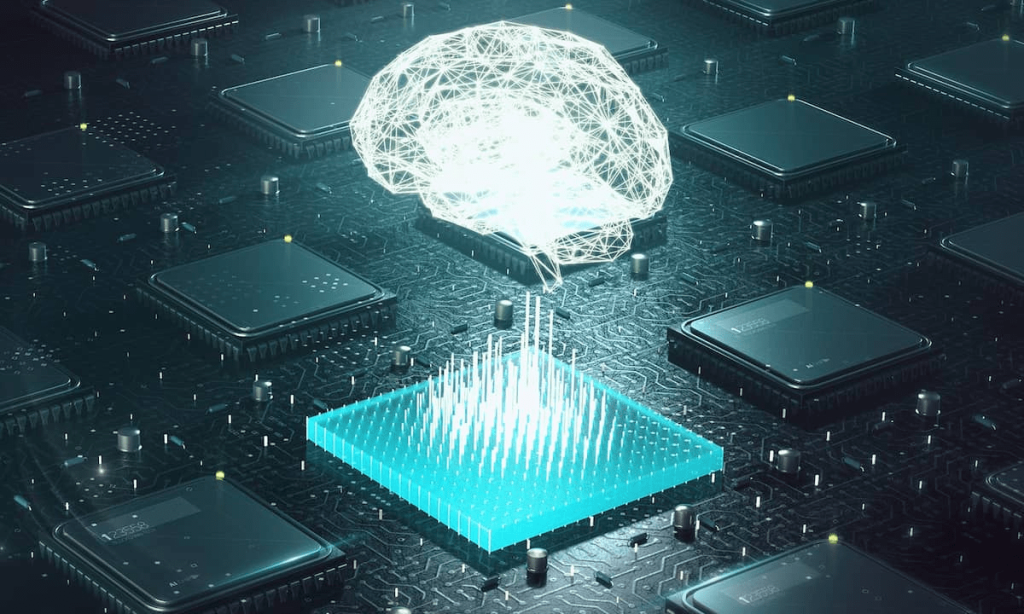
What Are Neuromorphic Chips?
Neuromorphic chips are processors modeled after the human brain’s neural structure. They use interconnected artificial neurons to process information in parallel, making them capable of learning and adapting on their own.
This brain-inspired approach allows them to handle complex data faster and with greater energy efficiency than traditional CPUs or GPUs.
Why Are They Important for Real-Time Processing?
In today’s digital world, speed and instant decision-making are crucial. Conventional processors often face delays because they rely on cloud communication and sequential data handling.
Neuromorphic chips solve this problem by processing information locally and instantly. This makes them ideal for real-time applications such as autonomous driving, robotics, and sensory data interpretation, where every millisecond matters.
How Do Neuromorphic Chips Work?
At the core of these chips are spiking neural networks (SNNs). Unlike traditional neural networks, which process data continuously, SNNs send information only when triggered by an event.
This spike-based mechanism mimics how neurons in the brain communicate, allowing for faster and more efficient data processing. The result is a system that consumes less power and focuses only on relevant information.
Where Are They Being Used Today?
Neuromorphic technology is finding its way into several industries. In automotive systems, it enables self-driving vehicles to recognize obstacles and react instantly.
In healthcare, wearable devices powered by neuromorphic processors can track vital signs continuously and detect abnormalities in real time. Similarly, in IoT devices, these chips allow data to be processed directly on the device, reducing dependence on cloud storage and improving response speed.
What Does the Future Hold?
Although still evolving, neuromorphic chips are paving the way for smarter and more adaptive AI systems. Researchers and tech companies are working to refine algorithms and improve hardware compatibility.
As this technology matures, it promises to revolutionize real-time computing, enabling machines to think and respond more like humans.
